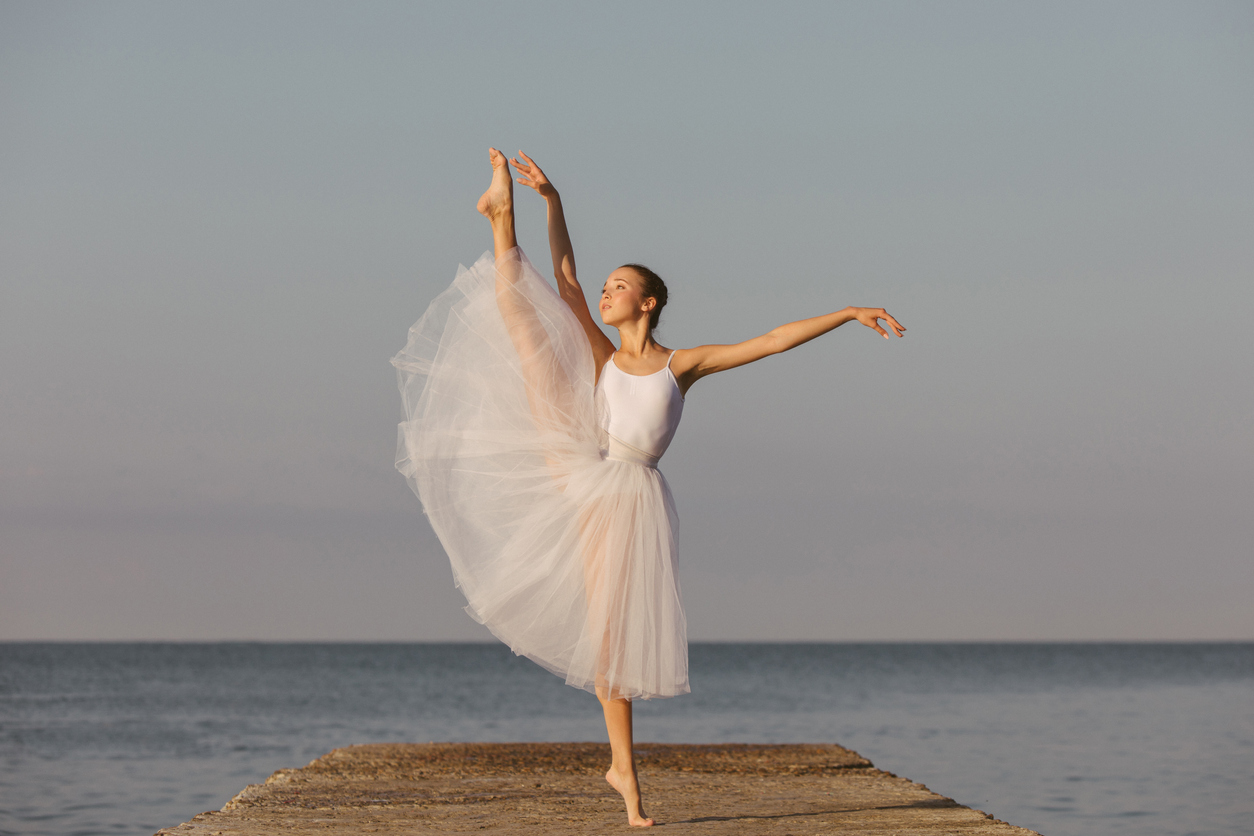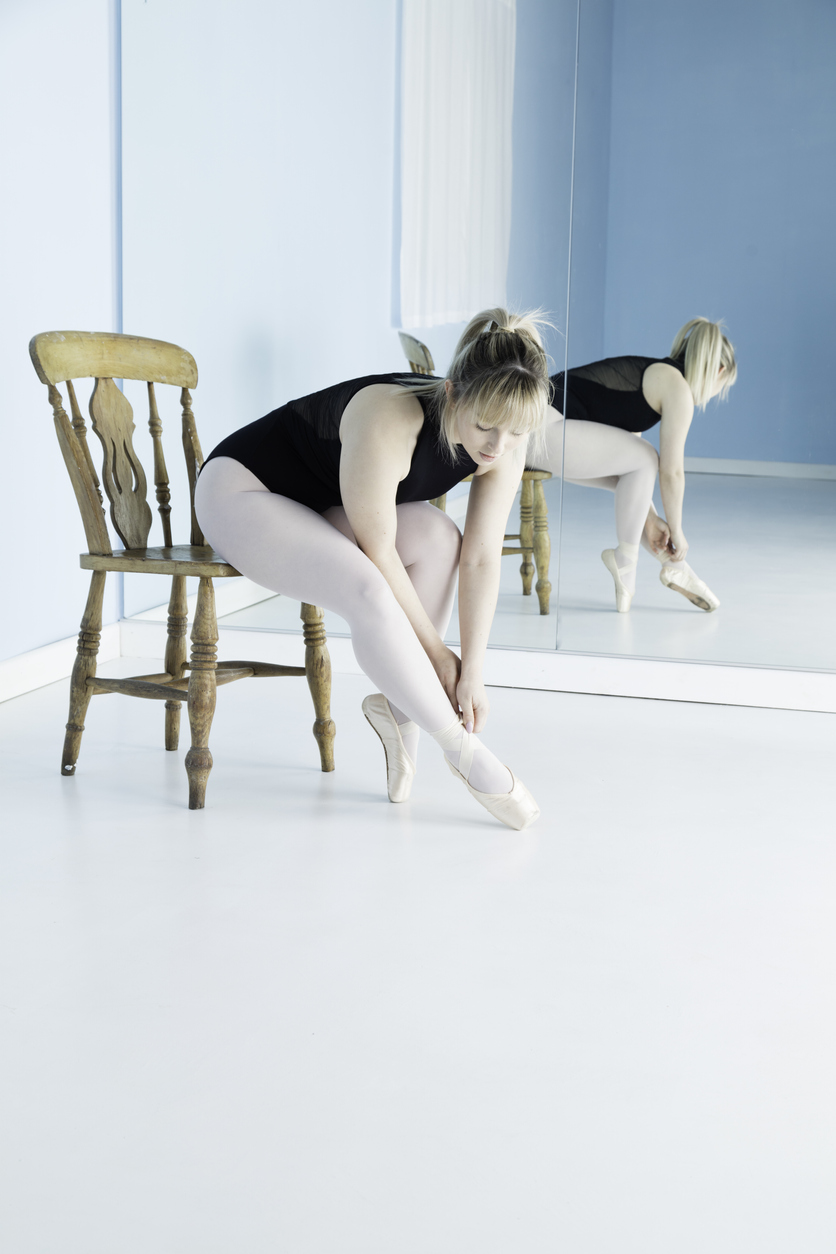While our dance shoes may be the most important article of clothing for any dancer, the outfits certainly require their fair share of consideration. When it comes to class attire, sticking to a dress code allows for fewer distractions, enabling the art to shine through and for the teacher to better monitor progress. Meanwhile, dance costumes are designed to enhance the lines formed by the dancer’s body, express the choreographer’s artistic vision, and engage the audience. While the shoes allow dancers to perform, the dancewear completes the experience.
When we think of dancewear, we often think of the appearance and aesthetics. However, the fabrics available to choose from are just as important. With so many options available, dance stores like bodythings.com are constantly prepared to advise new dancers as to which fabrics make the most sense for their outfits. But until you turn to an expert for advice, here are a few common fabrics worth exploring and learning more about.
Lycra
Lycra is arguably the most commonly used fabric for all styles of dance. It is actually a brand name of spandex, which you may be more familiar with. This is perfect for a more fitted costume, as it will allow for stretch and comfort while still being sturdy and durable. Lycra is perfect for a wide range of dancewear, from leotards and bodysuits to fitted skirts.
This fabric also comes in a “shiny” version, allowing you to shimmer on stage while still taking advantage of the soft and sturdy fabric.
Chiffon
Chiffon is the perfect fabric to turn to when it comes to flowy circle skirts, veils, and drapes, as it is lightweight, sheer, and flowy, catching air as it moves. There are actually two types of chiffon: polyester and silk. Polyester is less expensive, making it a more practical option for practices. Silk, meanwhile, is definitely smoother and floats a bit better, making it perfect for performances.
Velvet
Velvet has a beautiful, fuzzy, plush texture that is visible even from on stage, offering a little extra dimension and an air of luxury and nobility to your costume. It is also great at hiding imperfections, so if you need to be concerned about lines showing, this is a great option. Plus, velvet is soft, comfortable, and surprisingly stretchy, making it a popular choice for many styles of dancers.

Teenage girl dancing on the beach
Satin
Satin is another lightweight fabric, similar to that of chiffon. The main difference between the two is that satin is opaque and has a gorgeous sheen to it. As such, while it’s also great for skirts and offers a luxurious feel, it doesn’t offer the same airy vibe that chiffon does.
Mesh
Mesh is a sheer, lightweight, and flowy fabric that can be used for a number of different dancewear outfits. It is slightly more durable than chiffon, so while it’s able to offer the illusion of such a fabric, you’re spared from the ripping and tearing that often accompanies chiffon. Mesh is perfect for the dancer who wants to add a pop of colour through gloves, shrugs, or skirts, and can also be layered on top of other fabrics to add dimension.
Lace
Lace is perfect if you’re hoping to add a bit of texture, elegance, and a romantic feel to your costume. Sheer and lightweight, lace is ideal for skirts and dresses, as it floats gracefully and appears beautifully on stage.
Sequin Fabric
Sequin fabric is great for those hoping to stand out on stage, as the sequins will catch the light and add some shimmer to your outfit. Just be aware of the other fabrics you’re playing with in your costume, as sequin fabric can snag lighter fabrics, such as chiffon and mesh, and cause them to tear.
